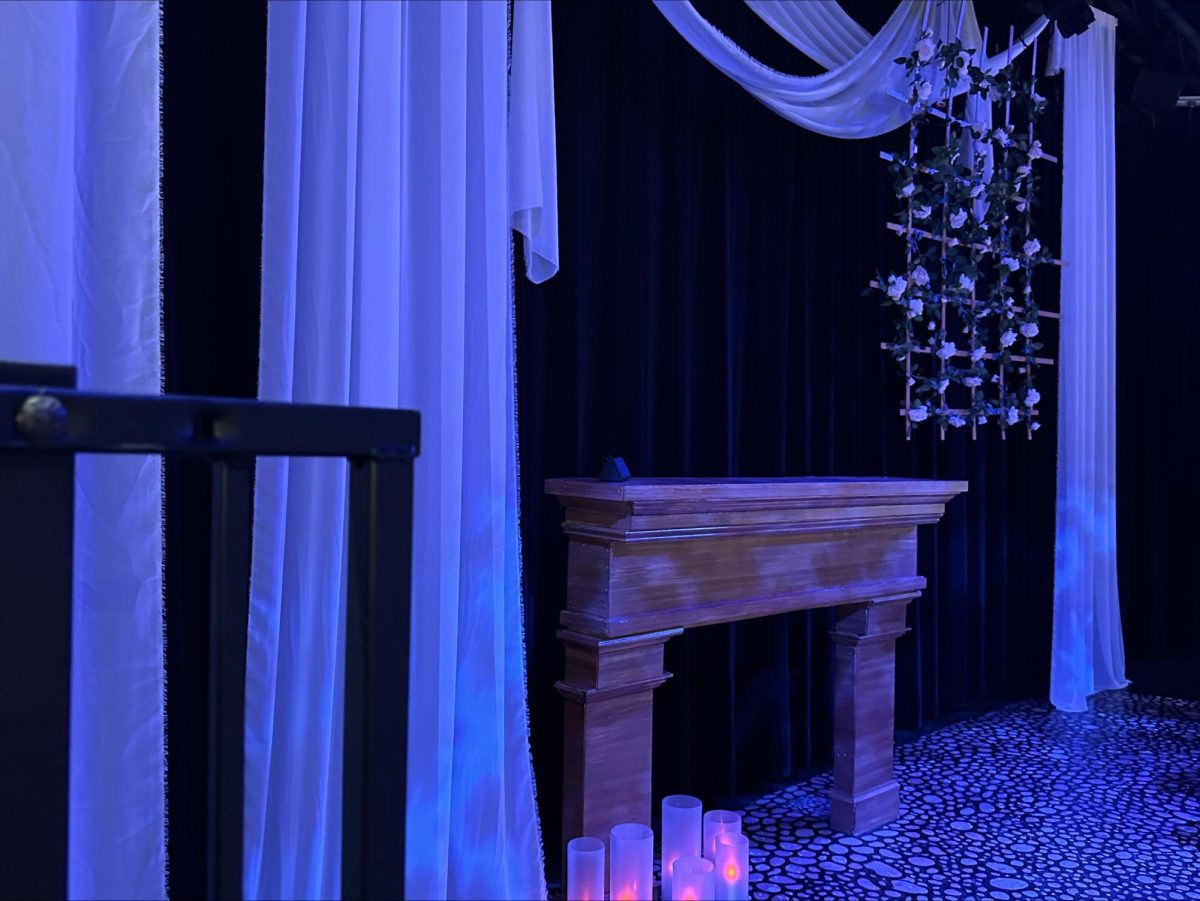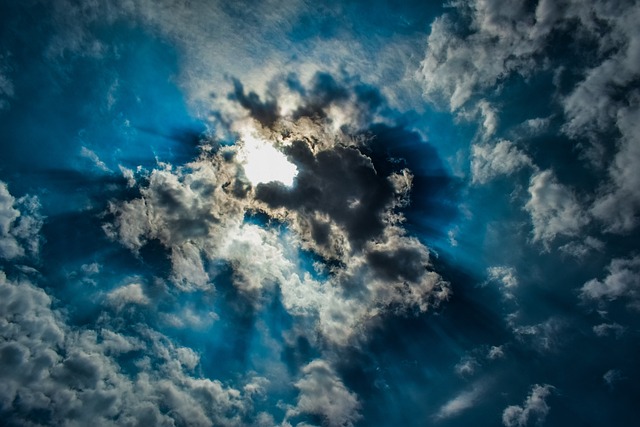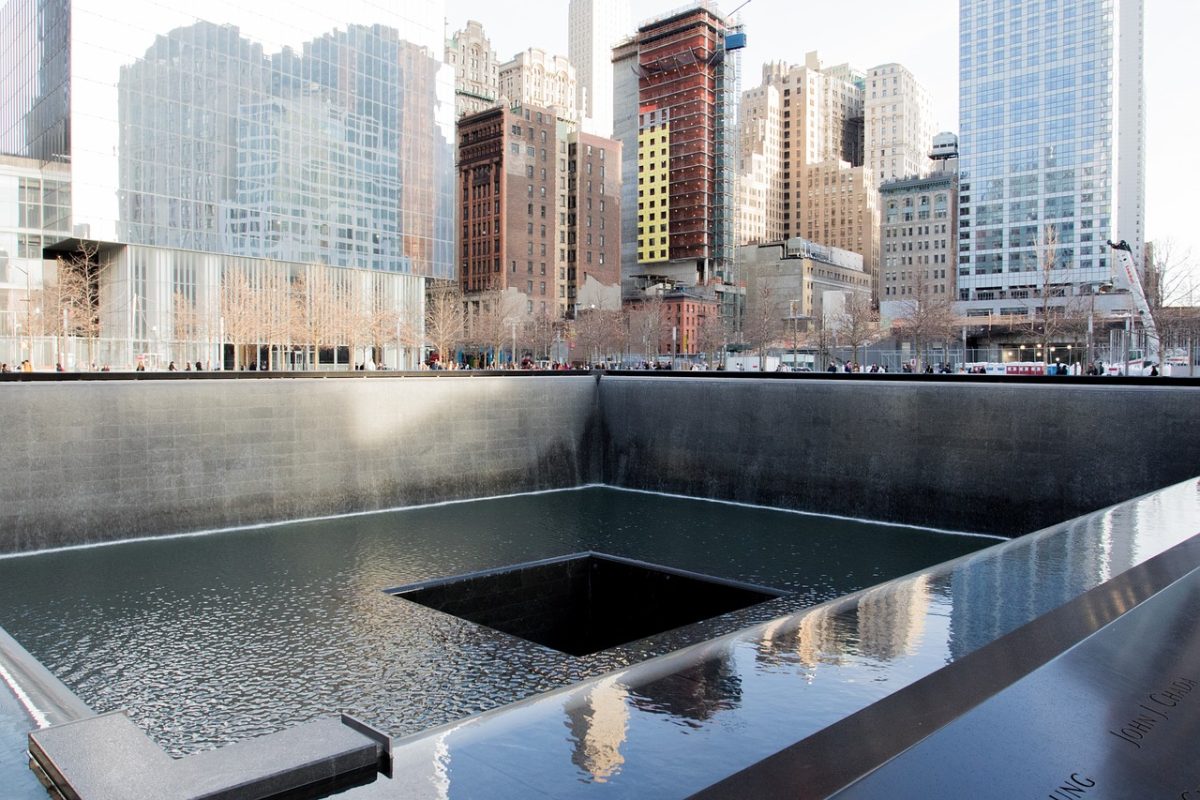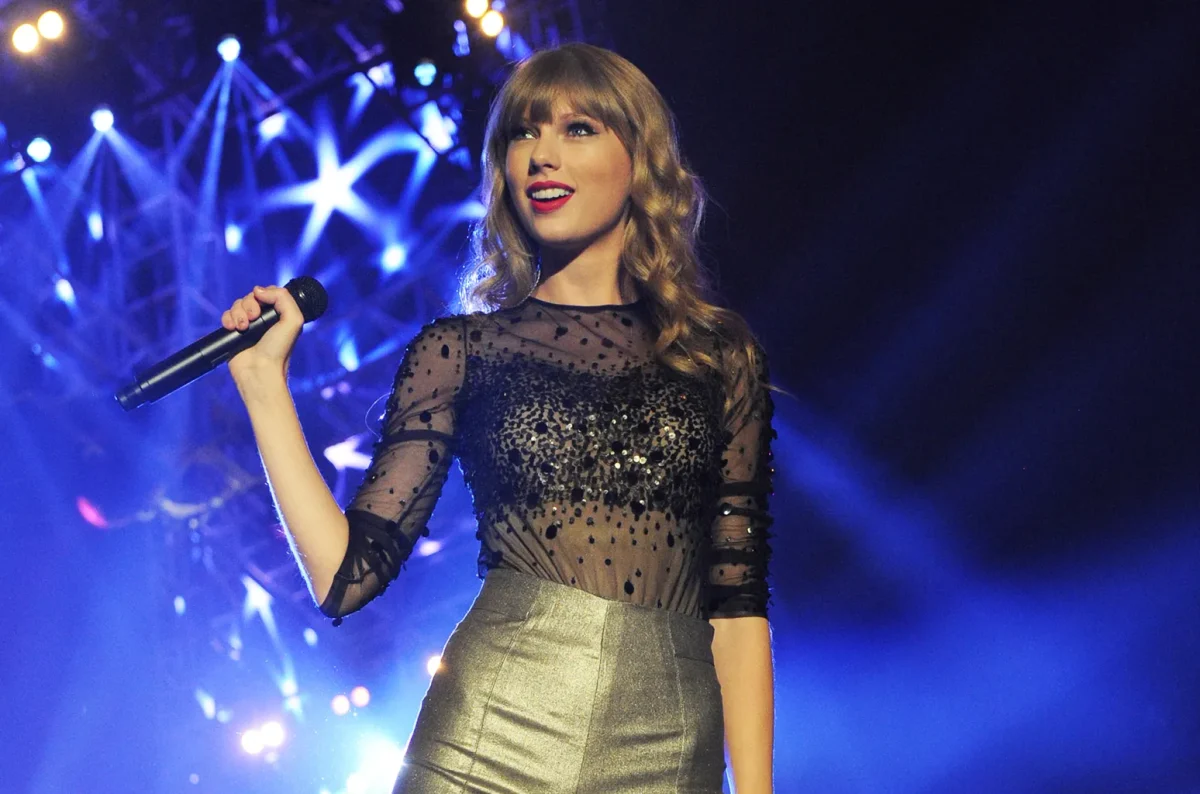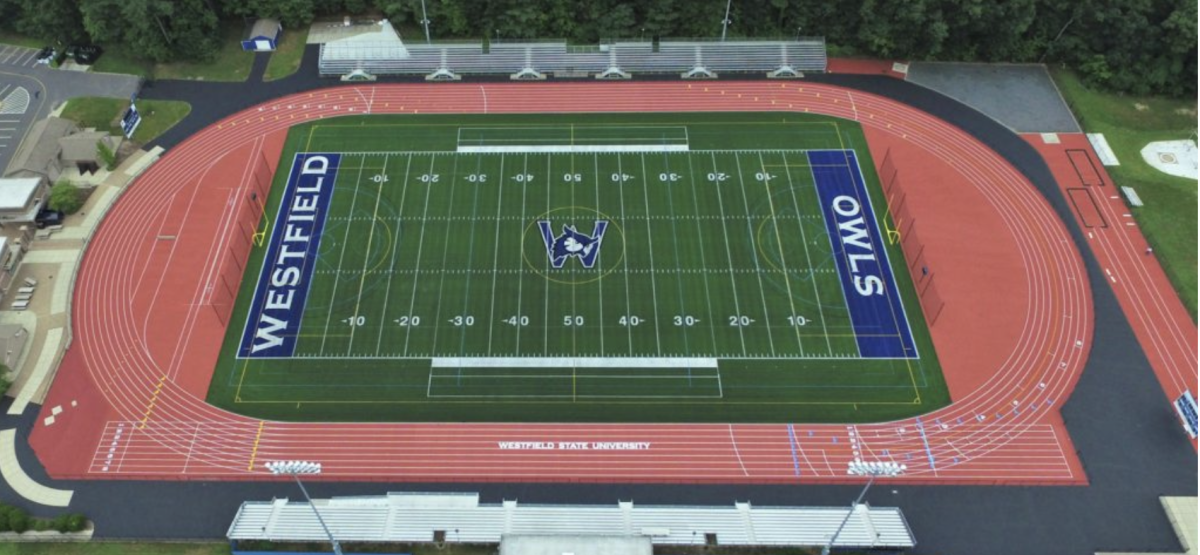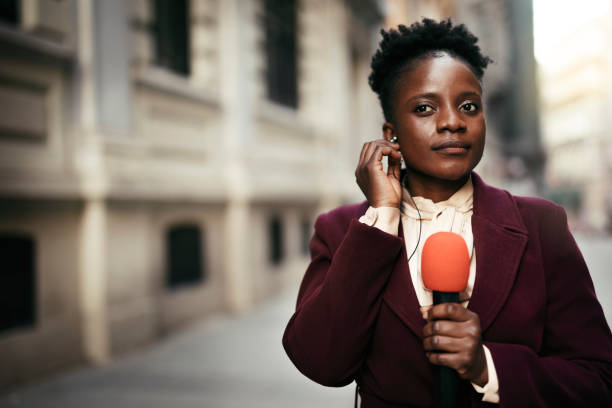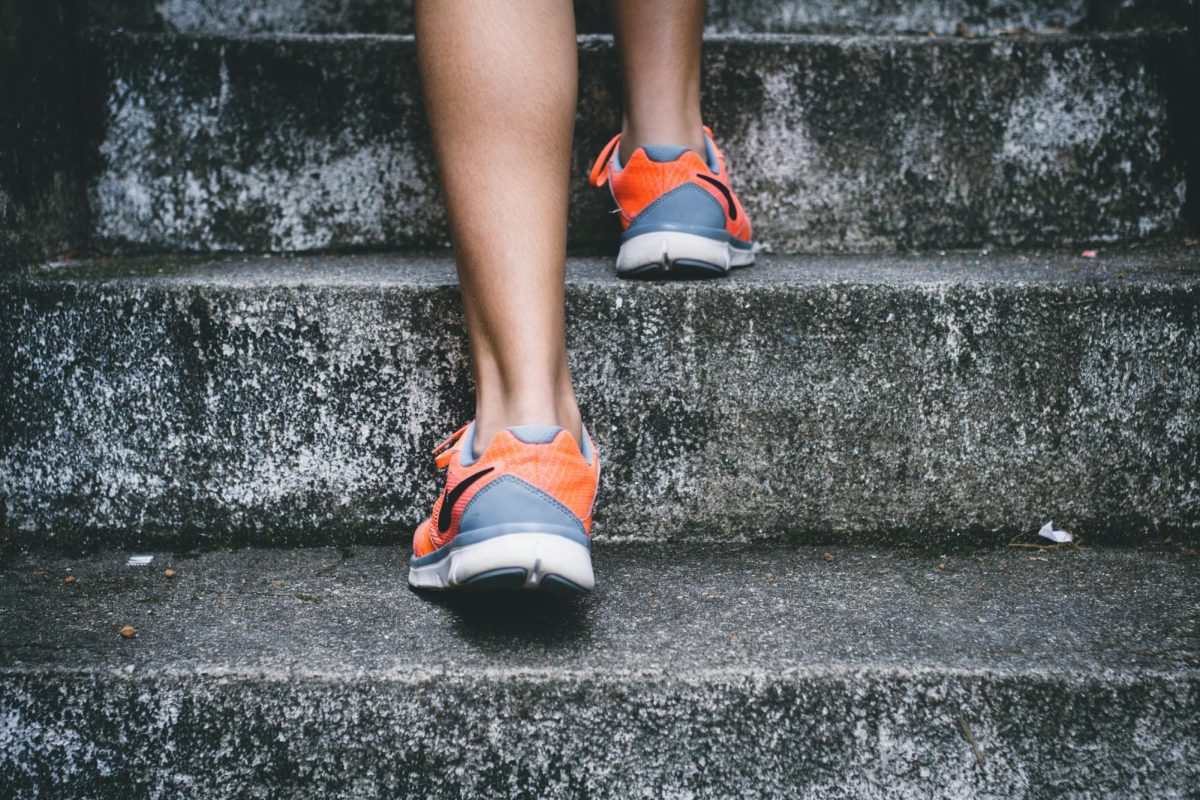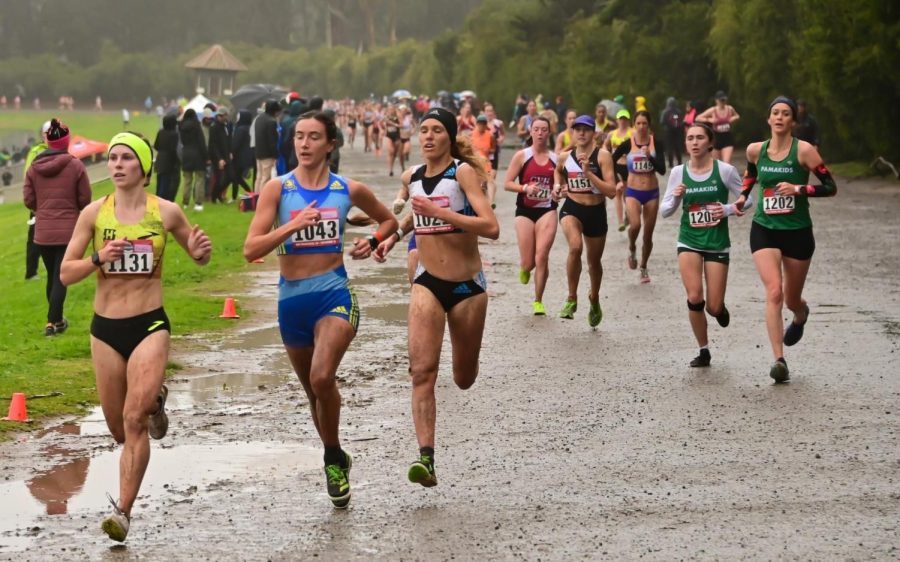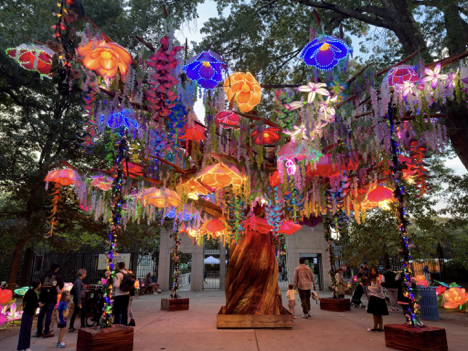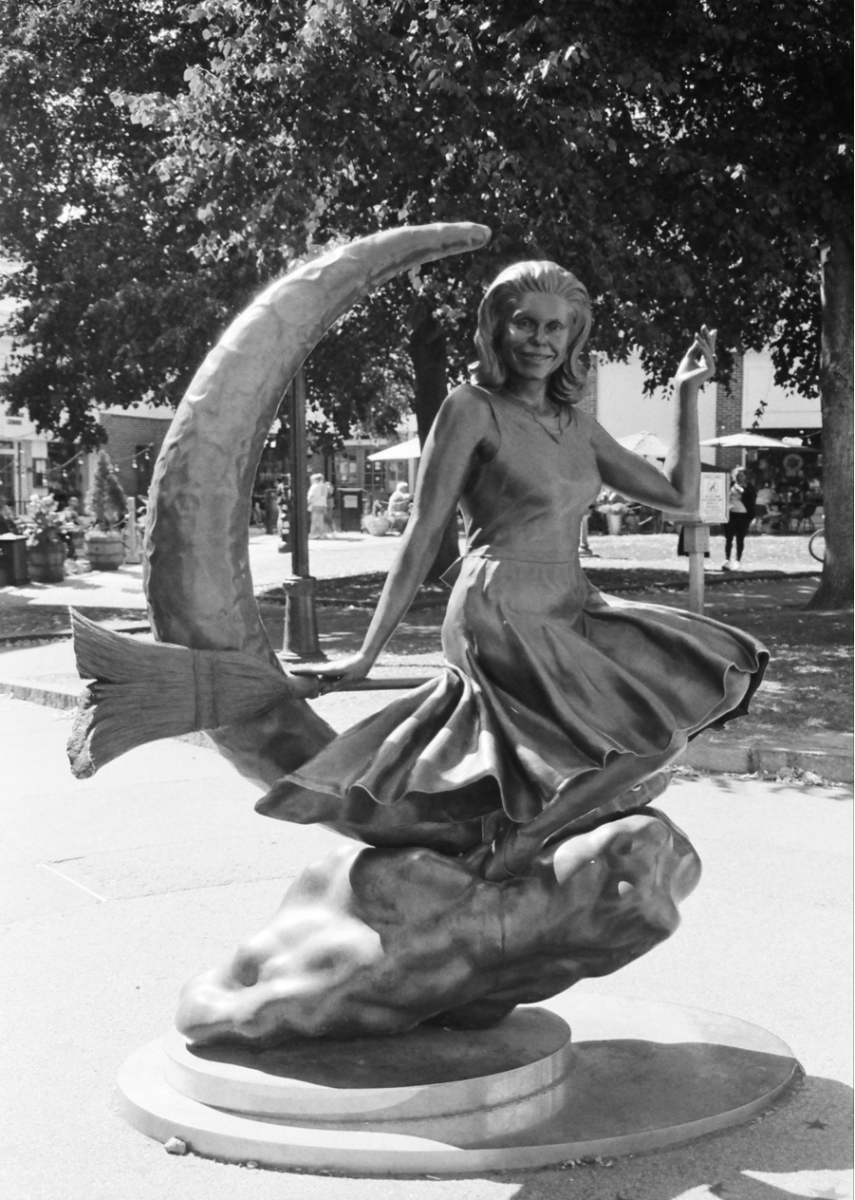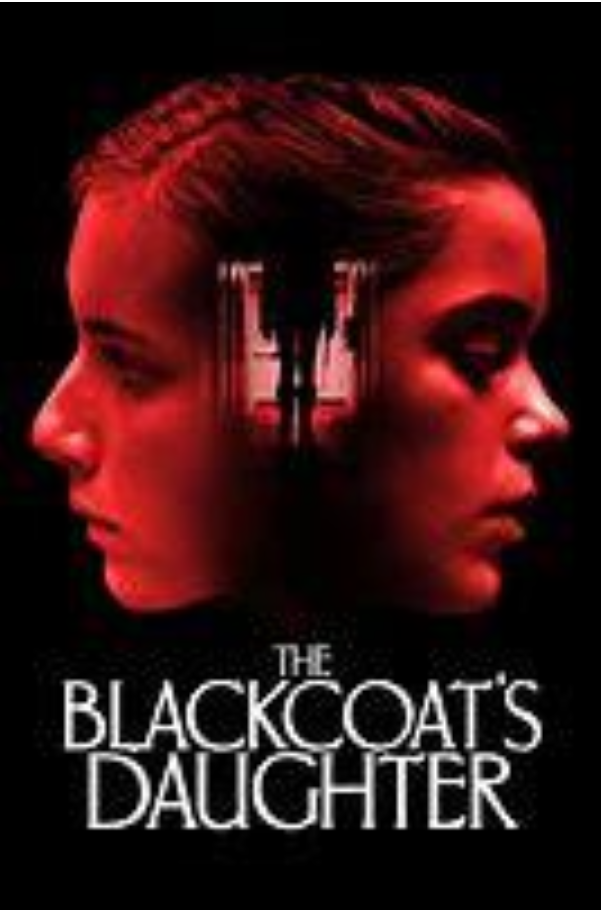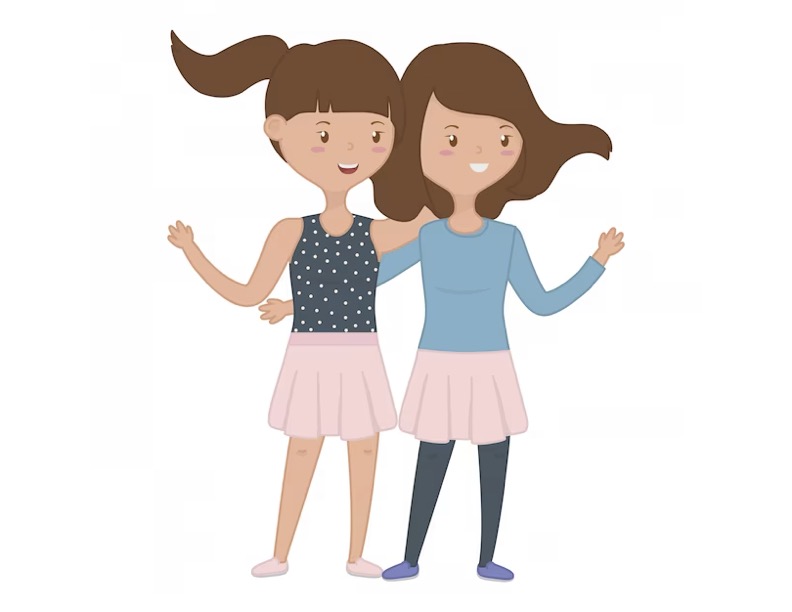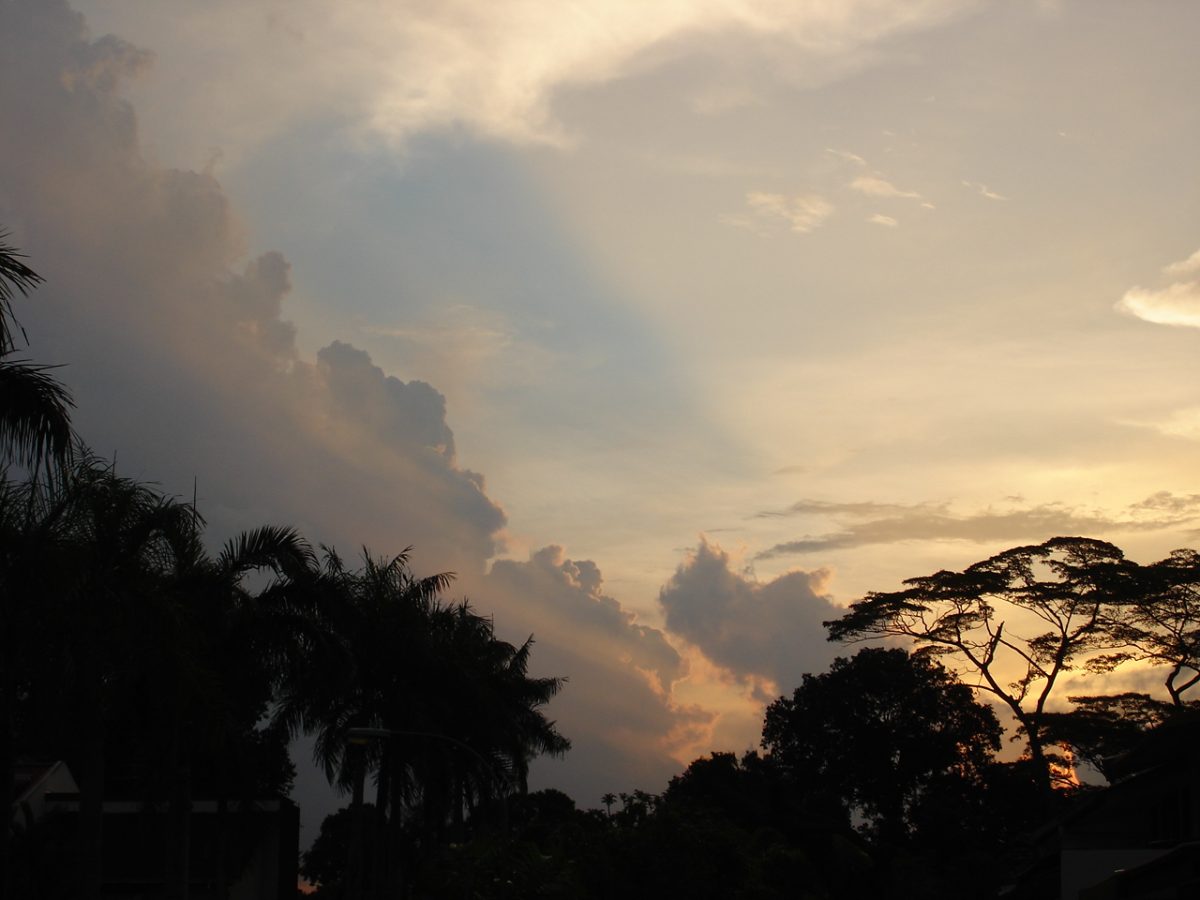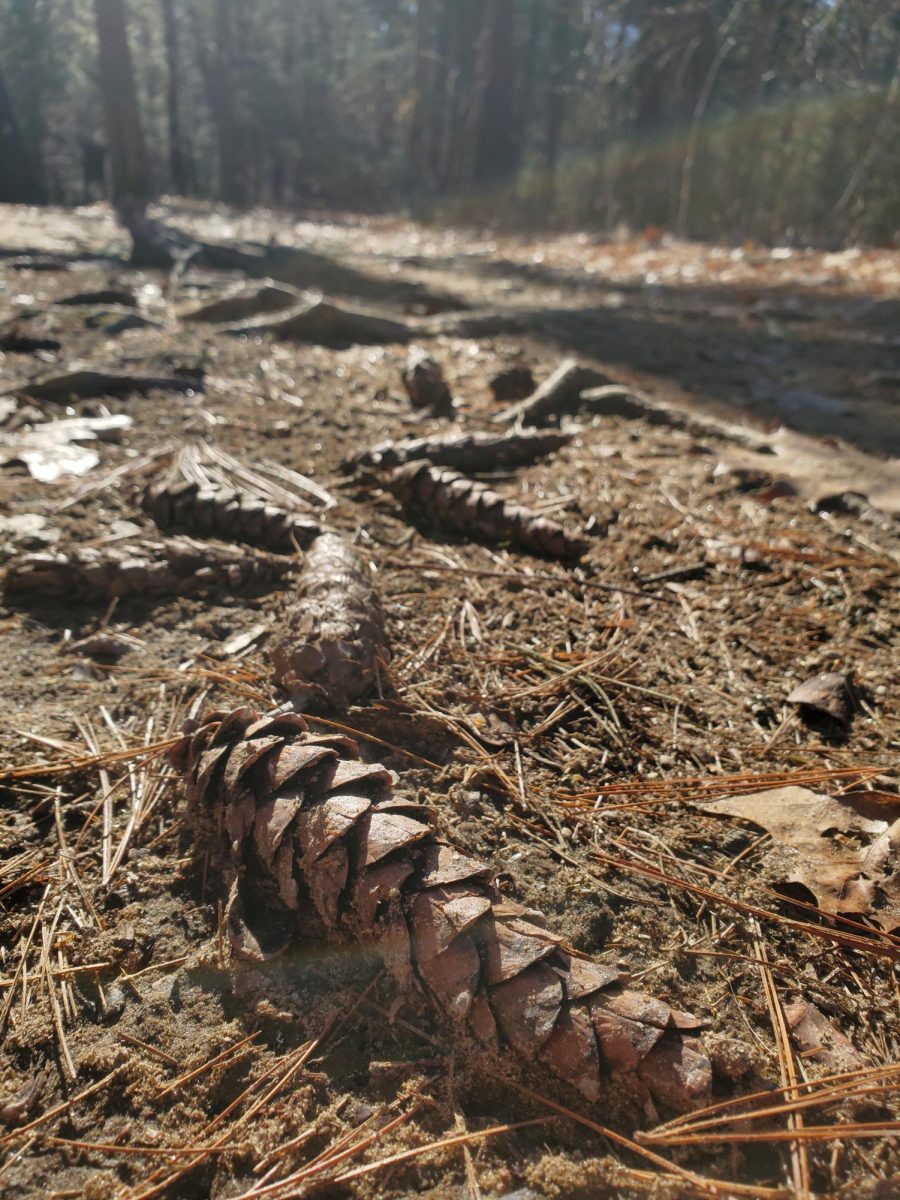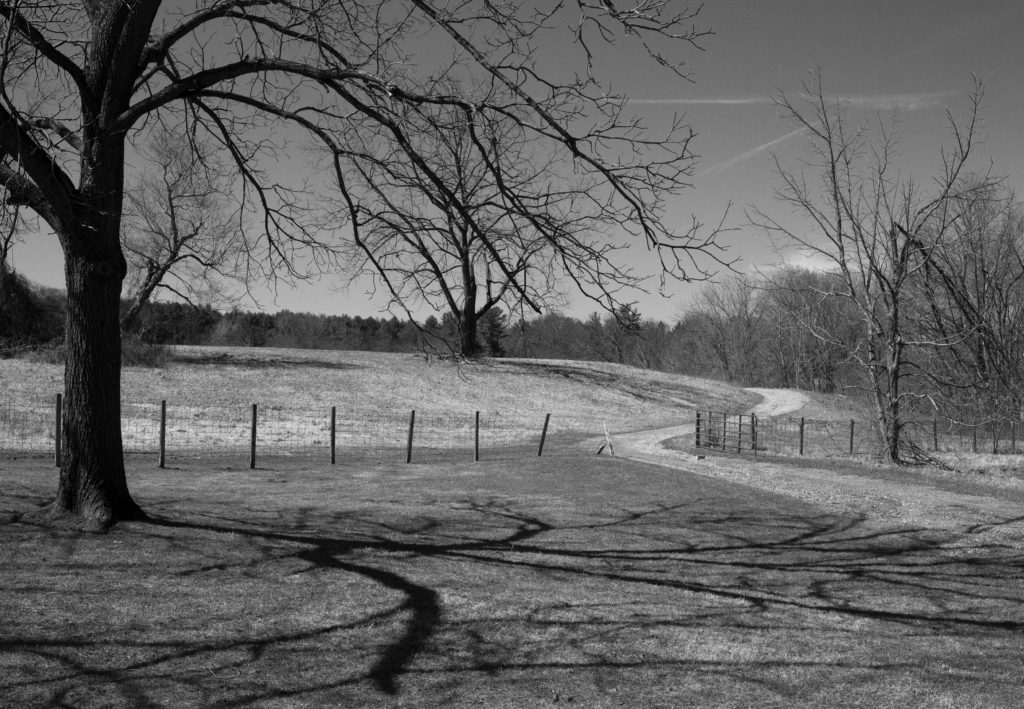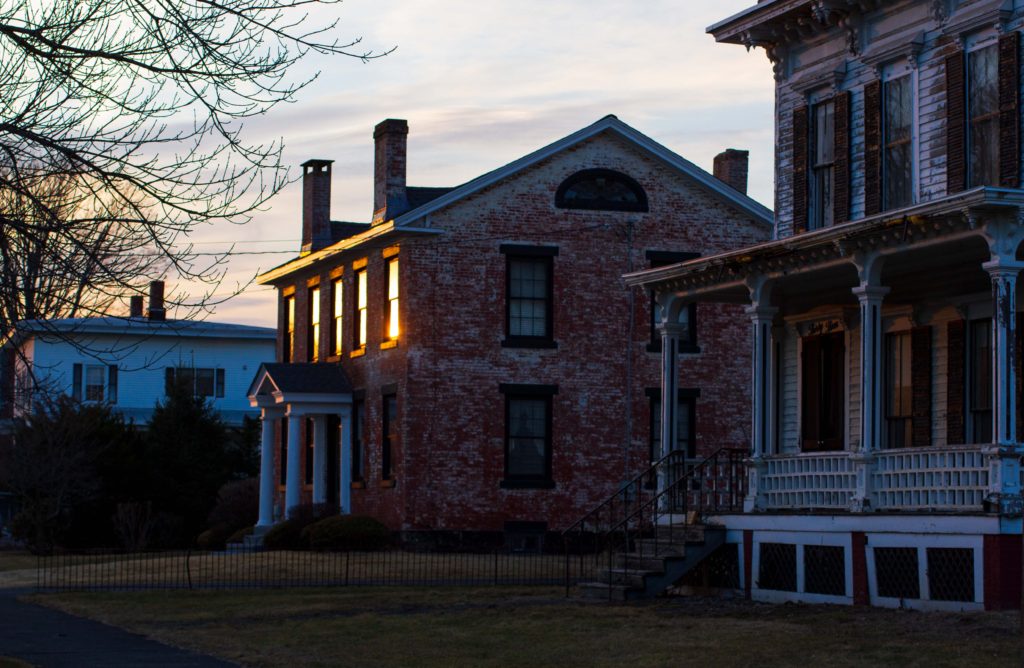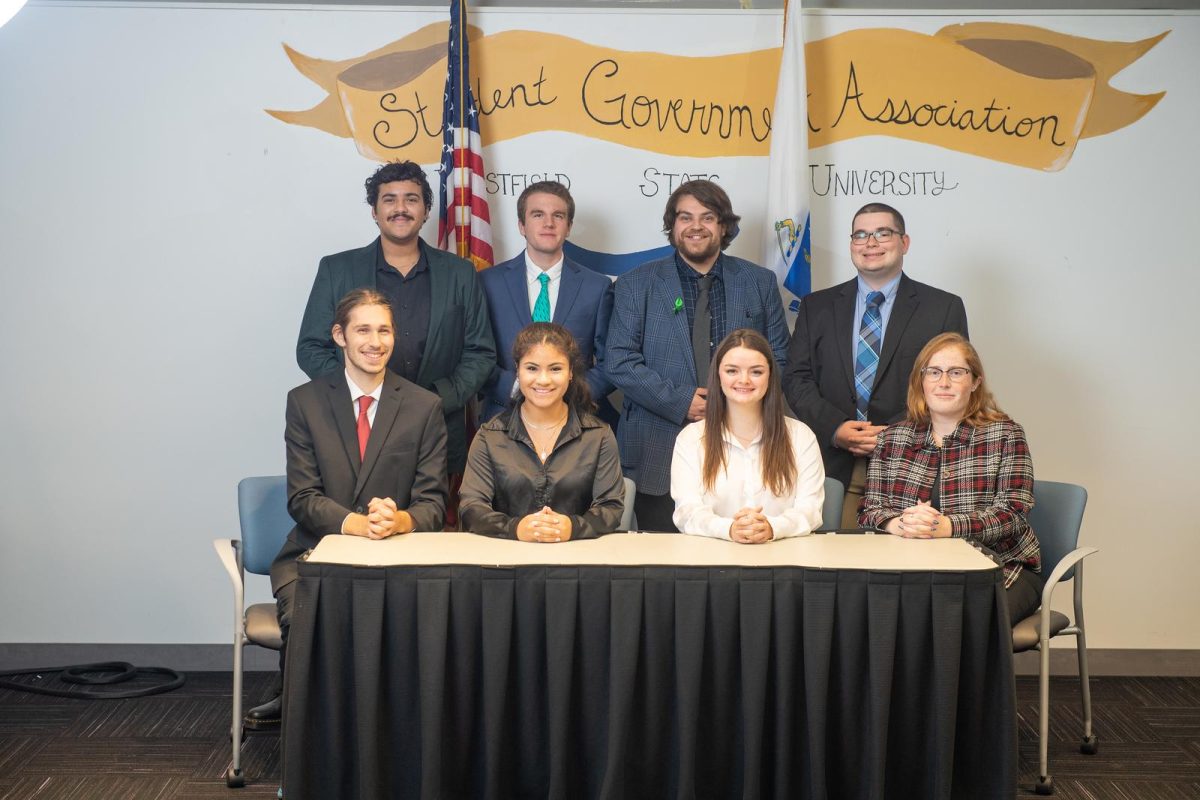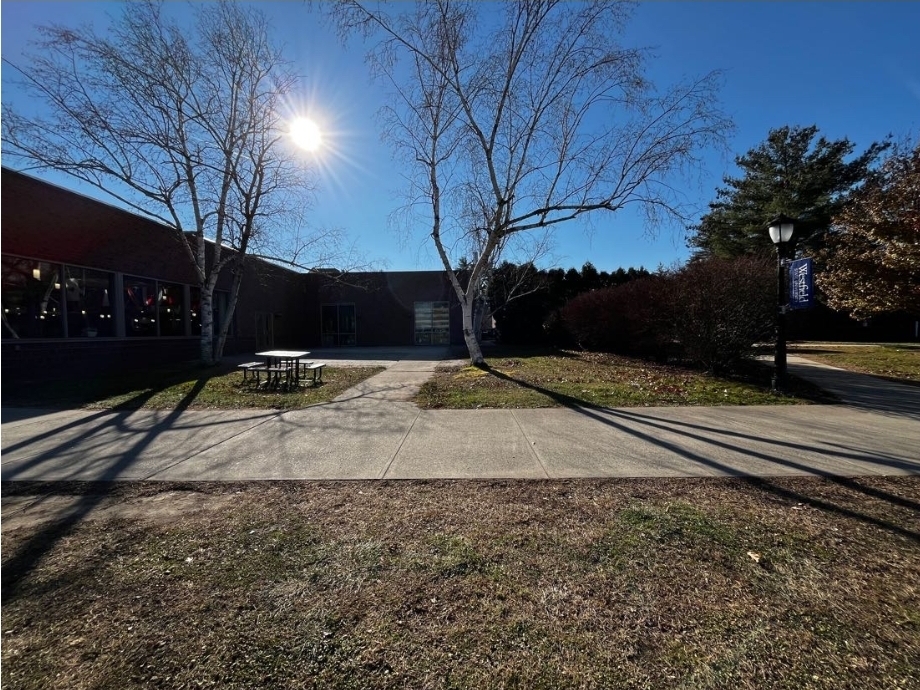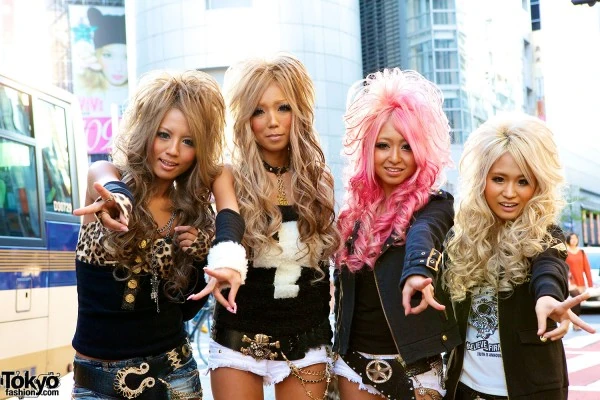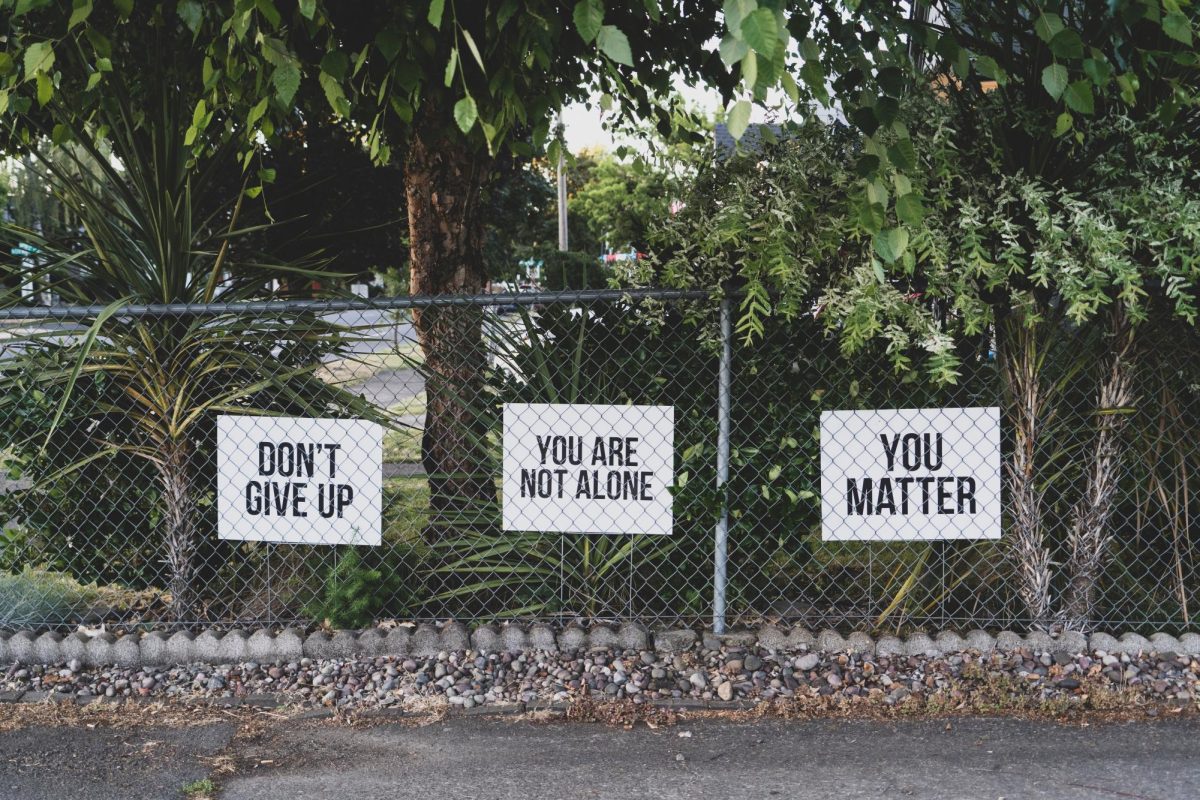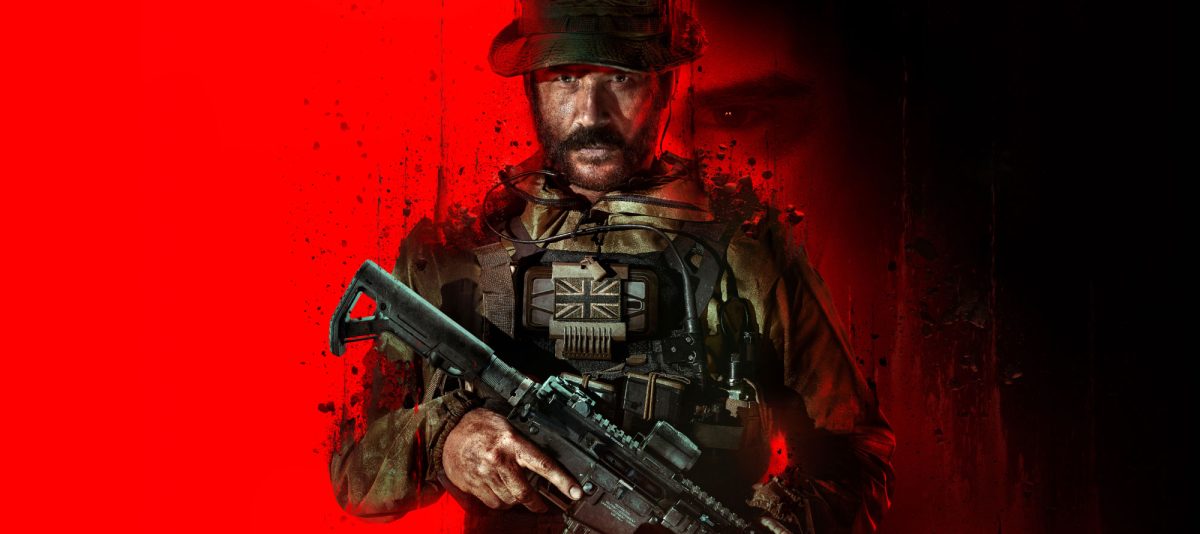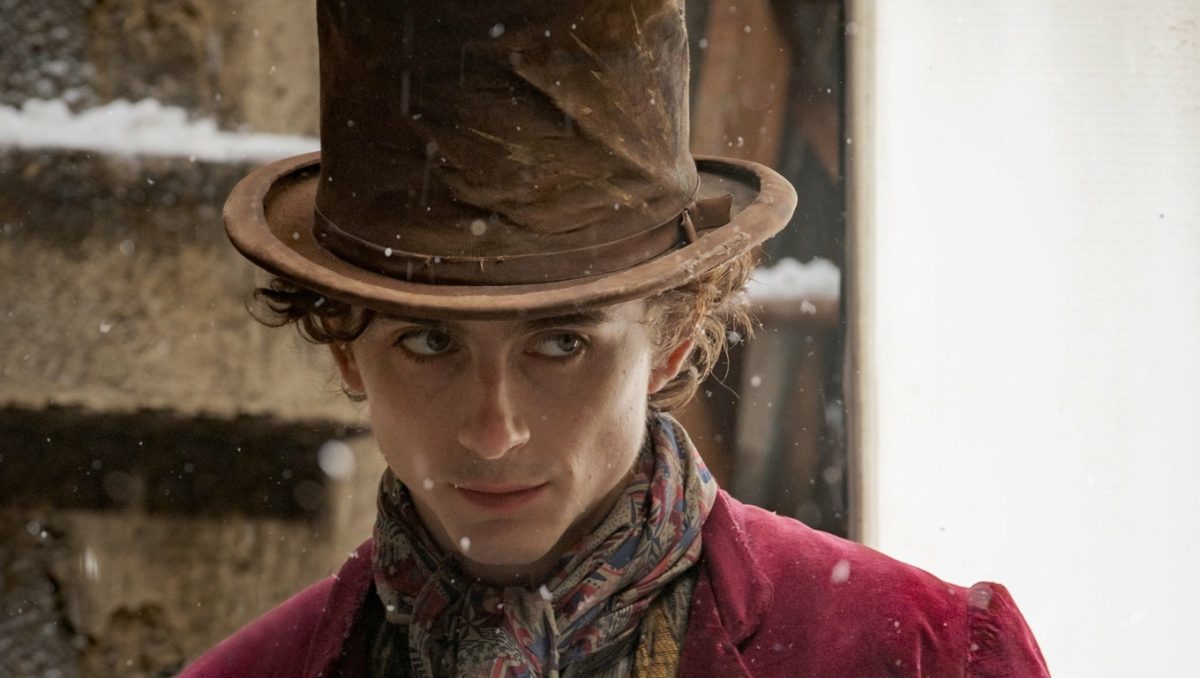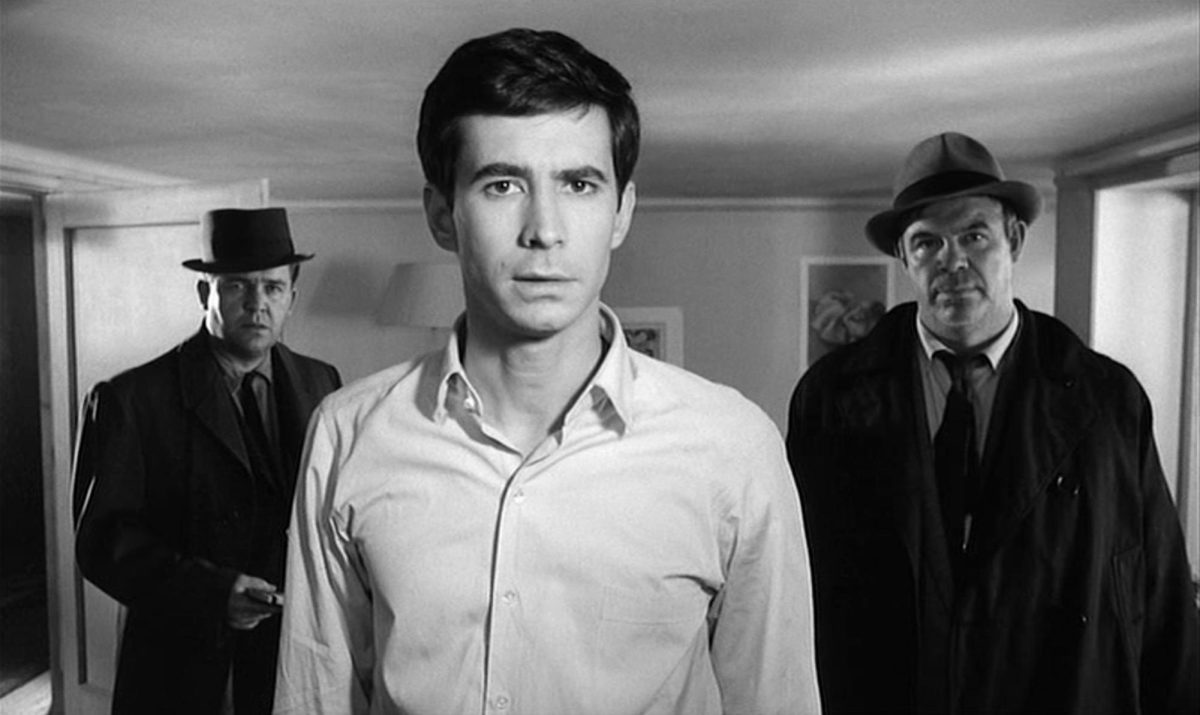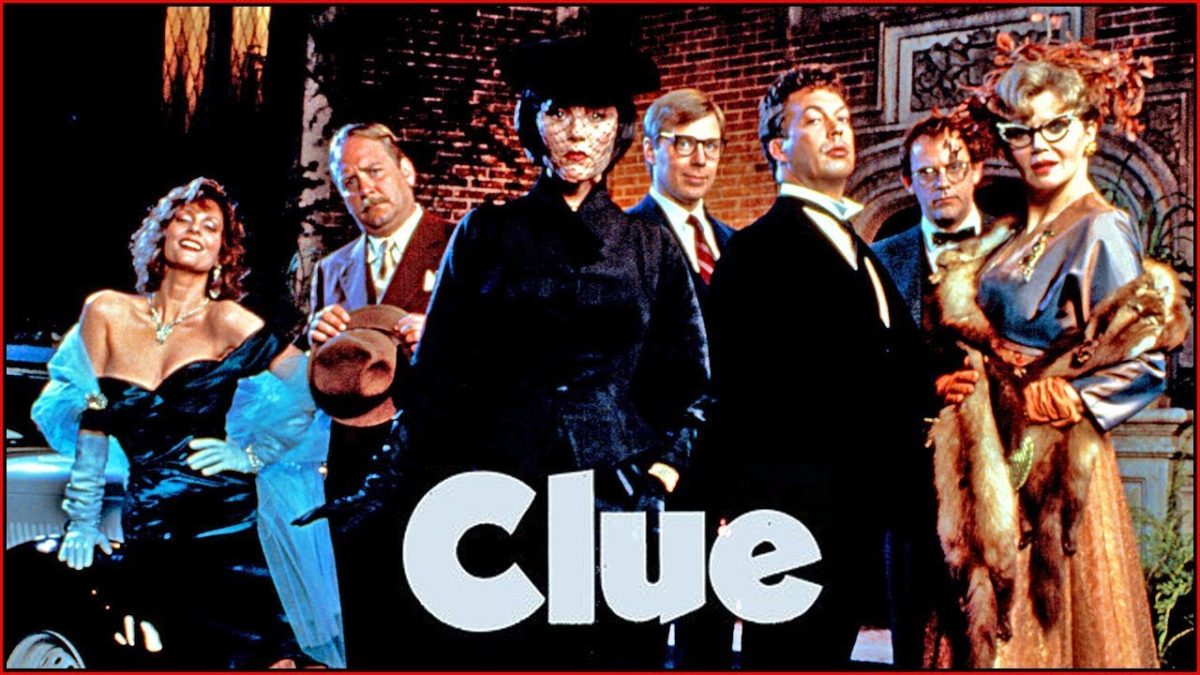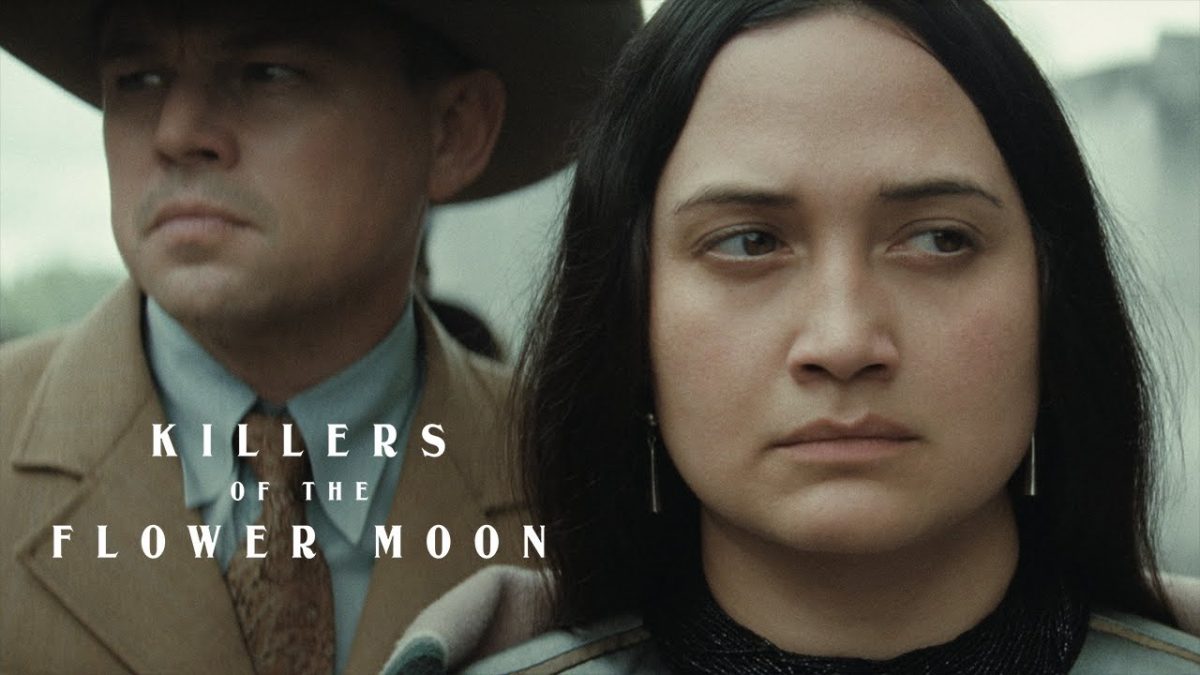Westfield State University is a year in remission from its wave of vandalism and hate crimes, and while the students affected will never forget, they are no longer afraid.
“Last year I felt disgusted and sad about the incidents that transpired. Yet now I feel safer and more at peace,” said Senior Radiance Flowers.
Reports from students in the Owls Fight Back movement put the number of incidents as high as 50 plus, with 6 of them being large enough to require police intervention. New Hall, Lammers, Courtney, Davis, and Scanlon all had separate vandalism incidents, while a racially charged assault occurred outside of Bates Hall.
The police never found the perpetrators of the assault or the various incidents of vandalism.
Despite it being only nine months since the last of these bias incidents, there’s little talk of the occurrences on campus. Many first-year students hardly realize these events occurred.
“I feel like it happens everywhere, it could happen anywhere,” said Freshman Asher Lowe.
Lowe was not at all surprised to learn what had happened, believing hate to be so widespread that any college could have the same problems. He personally has never felt victimized or stereotyped while on campus.
Ricardo Mora and Jason Zeppa are both freshman who only applied to Westfield. Zeppa said he may have left his options open had he known, but still would have wanted to go here.
Mora believes had he known, he would have decided to commute rather than live on campus. “I knew there was trouble, I didn’t know there was that much trouble,” said Mora.
All three Freshmen only knew about the New Hall incident last September, but even once learning of the other events, they all stood by their decision to call WSU home.
In mid-September 2017, a message written outside of Abri Alves and Kiara Dade’s door read, “N—ers live here.” This became the most famous of the incidents due to the massive support the victims gathered over social media.
This led to the girls starting a movement they called “Owls Fight Back” to combat the hatred.
“Let’s get it out there – let’s get it known because these incidents constantly happen, but nobody says anything. Or they are too scared to say anything because they don’t know the repercussions,” said Alves.
The organization led protests, put signs all over campus, and acted as a safe haven for victims of further bias incidents to come to and share their stories.
Dade would later be the victim of an assault from three hooded men. It took place on Nov. 7, 2017; they yelled racial slurs at her, pushed her to the ground and kicked her backpack.
She believes this was done as a response to her work with Owls Fight Back. It was the only reported time these bias incidents turned physical, and the only physical assault reported on campus that year.
“How many of you know that white is a color in your Crayola box,” asked Darryl Denson Jr. during a protest following Dade’s assault. “White is a color, brown is a color, black is a color, we are all the same on the inside.
“If I cut someone open who does not have the same skin color as me, you are going to bleed out red, you’re not going to bleed out purple, you’re not going to bleed out gold.”
Denson is a student who spoke out at the first of the Owls Fight Back protests. After the demonstration was over, he found a note that had been slid under his door which read, “Black people don’t deserve to be ‘united.’ You’re worth nothing.”
On the Saturday night four days before Halloween in 2017, Nazi symbolism, racist, anti-LGBT and misogynistic language were graffitied in over 35 locations, covering every floor of Davis Hall.
“This isn’t okay. This is our home,” said Chandler Hutchison, former Davis RA who was on duty at the time of the incident.
Hutchison and fellow RA Ally Gelsomini had just completed their rounds of the building that night, when two students came to them at the front desk to report the vandalism. In the last 15 minutes since the RA’s had patrolled the building, all four floors had been tagged. Doors, walls, pipes in the stairwell, all filled with bigoted slurs and hate symbols.
The graffiti was mostly racist, homophobic, and anti-Semitic slurs, along with drawings of penises and swastikas. The first, third and fourth floors were hit hardest, with doors in both A and B tower vandalized.
Hutchison believed that the crimes had to have been perpetrated by more than one person due to the extent of the vandalism and how widespread it was.
President Ramon Torrecilha spoke to Davis residents at a meeting to discuss the incident and threatened to shut down Davis Hall and send all of the students home. He later apologized for his remarks at a separate meeting, after backlash from students who didn’t see it fair to punish the entire dorm: perpetrators, victims and bystanders alike.
Ryan Begin, Davis Hall’s RD at the time, put on an event to help the students heal. Food and drinks were served, massage tables were set up and there were writing stations for people to get their frustrations down on paper.
“I think the building came together afterwards,” said Hutchison. “It was a nice response.”
The heaviest police response came after a November incident in Scanlon – shortly after the assault on Dade took place.
A note reading, “We don’t want your n—er slime, we want you hanged,” was slipped under a Scanlon Hall RA’s door and graffiti of similar sentiments could be found in various places in the building.
Following this incident, Scanlon was on lockdown for about a month. Police were on guard in the halls at all hours and students who did not live in the hall were not permitted inside at any time for any reason.
At a protest in November, at the height of the unrest, Alves asked President Torrecilha if he would want his kids to go to school here and if they would be safe. He answered yes, but was met with jeers and laughter from the crowd – many of whom couldn’t see any way minorities or foreigners could possibly feel safe on the WSU campus.
There was one reported incident in Lammers Hall in February the next semester, but nothing more since. The sentiment that the campus is unsafe, which was so widespread at the time, has not lasted.
“Right now, students feel like everything has died down, everything is disappearing. However, it is not over for admin. Many changes are being made that people don’t see and the impact of the campus environment is what is going to be affected in the future,” said Alves.
Owls Fight Back was successful in petitioning the administration to install security cameras in both dorm halls and academic buildings.
Alves believes though the incidents have slowed, students should not stop fighting for change.
